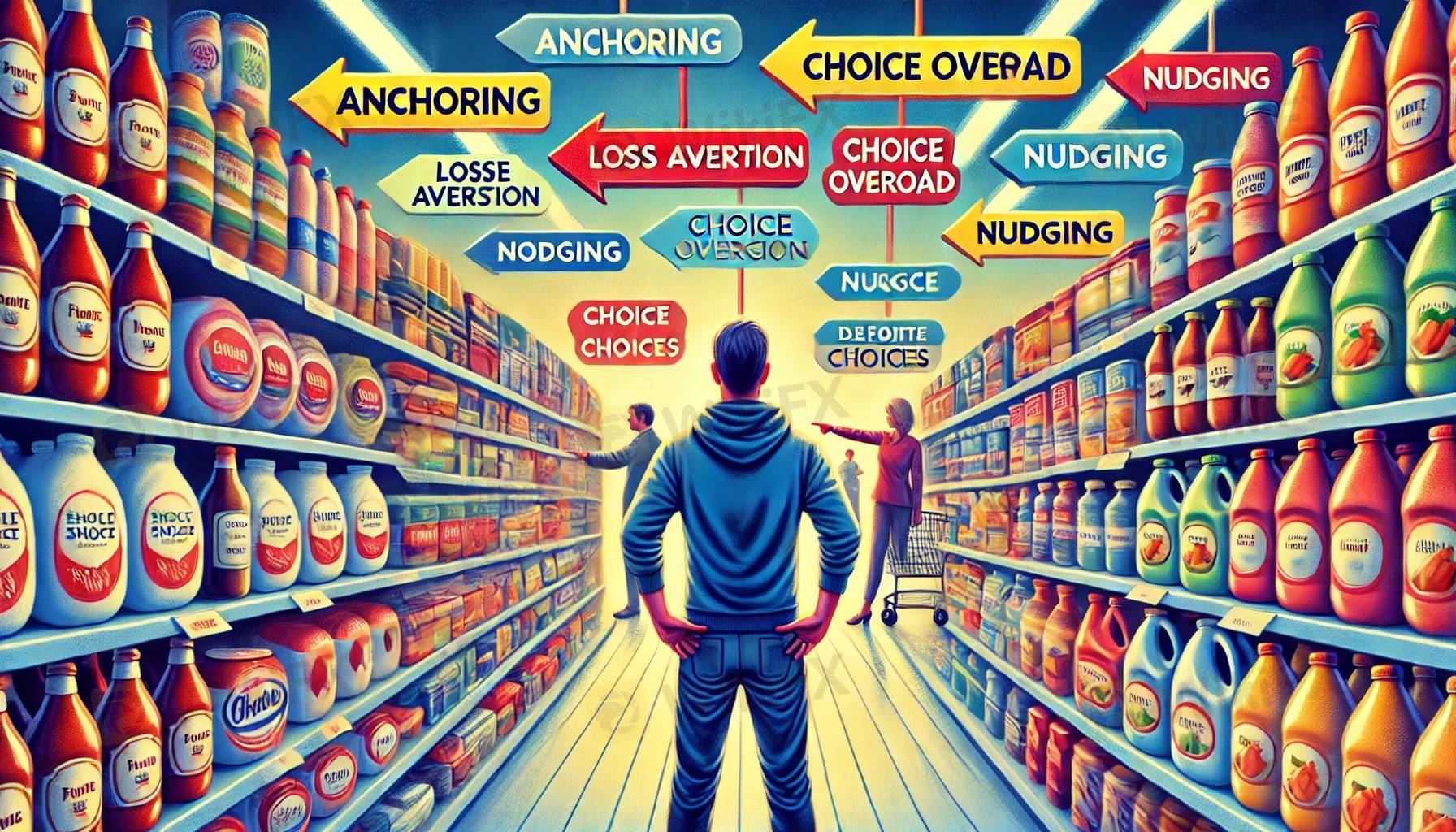
2025-02-12 16:52
ОтраслевойBehavioral Economics: Understanding Consumer Choic
#firstdealofthenewyearastylz
Behavioral economics examines how psychological, emotional, cognitive, and social factors influence the economic decisions individuals make, often challenging traditional economic theories that assume consumers act rationally. It provides insights into why people sometimes make choices that deviate from purely logical or optimal outcomes.
Here are some key concepts and ideas in behavioral economics related to consumer choice:
1. Bounded Rationality
Consumers do not always make perfectly rational decisions due to limited information, cognitive biases, or time constraints.
Instead of optimizing, people "satisfice" by choosing options that are good enough.
2. Heuristics and Biases
Heuristics: Mental shortcuts or rules of thumb people use to make decisions (e.g., choosing familiar brands).
Biases: Systematic errors in judgment, such as:
Anchoring: Relying heavily on the first piece of information encountered (e.g., sales price compared to the original price).
Loss Aversion: Feeling the pain of losses more acutely than the pleasure of equivalent gains.
Status Quo Bias: Preferring things to stay the same (e.g., sticking with a default product).
3. Prospect Theory
Developed by Kahneman and Tversky, this theory suggests that people perceive gains and losses differently, leading to risk-averse or risk-seeking behavior depending on how choices are framed.
4. Choice Overload
When presented with too many options, consumers may feel overwhelmed and either make suboptimal choices or avoid making a decision altogether.
5. Social Influences
Consumers are influenced by social norms, peer pressure, and the behavior of others (e.g., purchasing trends, recommendations, or reviews).
6. Nudging
Small interventions can steer people toward better decisions without restricting their choices (e.g., placing healthier foods at eye level in supermarkets).
7. Hyperbolic Discounting
People tend to value immediate rewards more than future rewards, leading to procrastination or impulsive purchases.
Applications in Consumer Choice:
Marketing: Using framing, anchoring, or loss aversion to influence buying decisions.
Product Design: Simplifying options to reduce choice overload.
Public Policy: Encouraging beneficial behaviors like saving for retirement through default enrollment in savings plans.
Behavioral economics bridges the gap between economics and psychology, offering a more realistic understanding of consumer behavior. How would you like to explore this topic further?
Нравится 0

Sistmeg
Courtiers
Популярные обсуждения
Технический показатель
Розыгрыш Xiaomi Redmi Note 9 и 20-и VIP-подписок
Технический показатель
ВЫСКАЗЫВАНИЯ БАЙДЕНА ДАВЯТ НА ВАЛЮТЫ РАЗВИВАЮЩИХСЯ СТРАН
Технический показатель
Европа заключила совместный контракт на поставку ремдесивира для лечения COVID-19...
Технический показатель
Индия: Решение Резерв. Банка Индии по проц. ставке, 4%, ожидалось 4%...
Анализ котировок
Китай: Индекс деловой актив. в сф. услуг Caixin PMI, Сентябрь, 54,8 п.
Технический показатель
События предстоящего дня: "АЛРОСА" опубликует результаты продаж за сентябрь...
Классификация рынка

Платфоома

Выставка

Агент

Вакансии

EA

Отраслевой

Котировки

Показатель
Behavioral Economics: Understanding Consumer Choic
 Гонконг | 2025-02-12 16:52
Гонконг | 2025-02-12 16:52#firstdealofthenewyearastylz
Behavioral economics examines how psychological, emotional, cognitive, and social factors influence the economic decisions individuals make, often challenging traditional economic theories that assume consumers act rationally. It provides insights into why people sometimes make choices that deviate from purely logical or optimal outcomes.
Here are some key concepts and ideas in behavioral economics related to consumer choice:
1. Bounded Rationality
Consumers do not always make perfectly rational decisions due to limited information, cognitive biases, or time constraints.
Instead of optimizing, people "satisfice" by choosing options that are good enough.
2. Heuristics and Biases
Heuristics: Mental shortcuts or rules of thumb people use to make decisions (e.g., choosing familiar brands).
Biases: Systematic errors in judgment, such as:
Anchoring: Relying heavily on the first piece of information encountered (e.g., sales price compared to the original price).
Loss Aversion: Feeling the pain of losses more acutely than the pleasure of equivalent gains.
Status Quo Bias: Preferring things to stay the same (e.g., sticking with a default product).
3. Prospect Theory
Developed by Kahneman and Tversky, this theory suggests that people perceive gains and losses differently, leading to risk-averse or risk-seeking behavior depending on how choices are framed.
4. Choice Overload
When presented with too many options, consumers may feel overwhelmed and either make suboptimal choices or avoid making a decision altogether.
5. Social Influences
Consumers are influenced by social norms, peer pressure, and the behavior of others (e.g., purchasing trends, recommendations, or reviews).
6. Nudging
Small interventions can steer people toward better decisions without restricting their choices (e.g., placing healthier foods at eye level in supermarkets).
7. Hyperbolic Discounting
People tend to value immediate rewards more than future rewards, leading to procrastination or impulsive purchases.
Applications in Consumer Choice:
Marketing: Using framing, anchoring, or loss aversion to influence buying decisions.
Product Design: Simplifying options to reduce choice overload.
Public Policy: Encouraging beneficial behaviors like saving for retirement through default enrollment in savings plans.
Behavioral economics bridges the gap between economics and psychology, offering a more realistic understanding of consumer behavior. How would you like to explore this topic further?
Нравится 0
Я тоже хочу высказать замечания.
Задать вопрос
0Комментарии

Пока нет комментариев, оставьте комментарий первым

Задать вопрос
Пока нет комментариев, оставьте комментарий первым